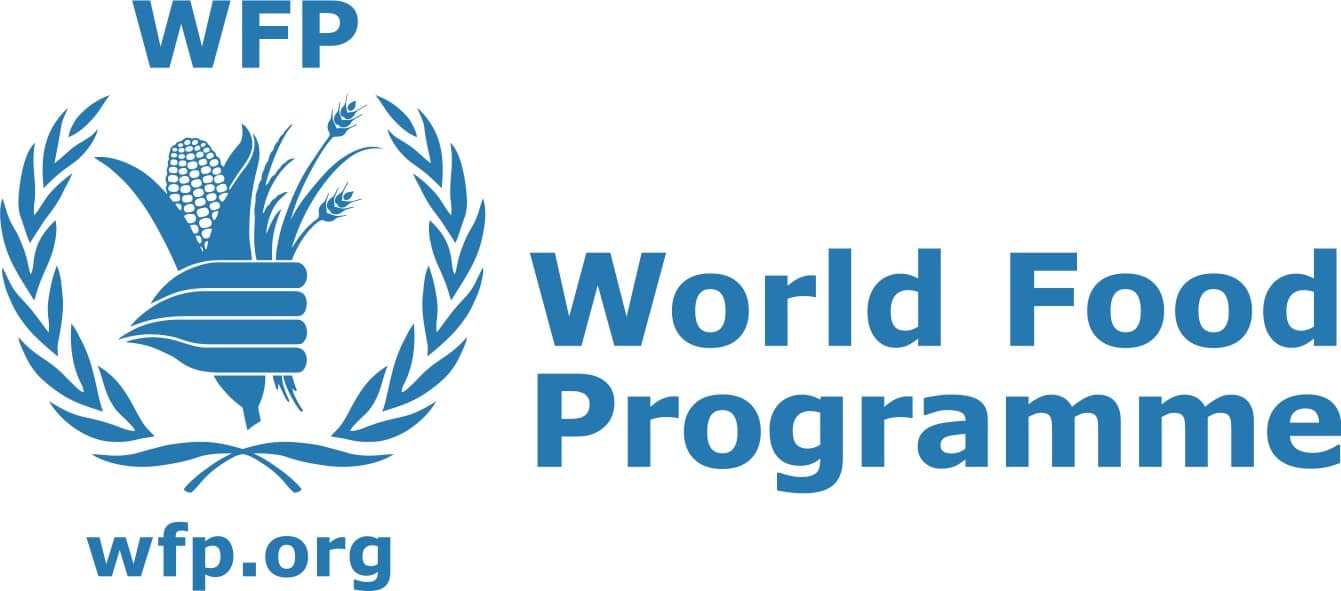With the Mangdechhu Hydropower Project Authority (MHPA) likely to be commissioned by mid-2018, an additional 2,925 million units (mu) of electricity will be generated of which most part will be exported to India.
Druk Green Power Corporation (DGPC) projects that the domestic demand will decrease gradually once the Mangdechhu project is commissioned.
“After MHPA, Punatsangchhu Hydroelectric Project Authority I and II will be coming on line therefore more power will be generated to export,” said the Managing Director of DGPC, Dasho Chhewang Rinzin.
Bhutan exports electricity to India during the peak season but it imports electricity from December to February, the lean months, because this is the time when rainfall is low and water levels in the rivers fall so that turbines in the dam do not turn to their full capacity, producing less electricity.
Over the next couple of years, the import of electricity would also reduce because MHPA would provide for any lapses that might occur in electricity production.
Records reveal that in the last three years, domestic electricity consumption shot up from 1,828mu to 2,057mu. About a decade ago, domestic consumption was 460mu.
Dasho Chhewang Rinzin said that there is basically no net import of electricity from India at present.
“Whatever we import is a small percentage of the total export to India for meeting system requirements during contingencies.”
The discharges in the rivers differ with the weather patterns, monsoon rains and winter snowfall.
This year, the actual import and export figures will be known by the first week of January 2018.
Dasho Chhewang Rinzin said: “The present norm is that Bhutan consumes only 25-30% of the total generation as the country’s domestic demand reduces in winter due to low discharge in the rivers.”
Therefore, it is expected that 70-75% of the generation would be exported.
“Bhutan has always remained a net exporter of electricity and will continue to be so,” said Dasho Chhewang Rinzin.
According to him, DGPC is working on an energy banking arrangement with the electricity utilities in India to import energy during the lean season in country and pay back in the form of energy during surplus season.
However, with the commissioning of upcoming projects, the import of electricity will decrease.
In 2016, Bhutan exported 5,373mu of electricity while it imported 119mu of electricity to meet contingency requirements.
“In 2016, DGPC saw the highest ever annual generation through effective and efficient operation and maintenance of its power plants so DGPC declared dividends of over Nu 8,924bn to the government and its shareholders Druk Holdings and investments.”
“During 2015, Bhutan exported 5,149mu of electricity to India while it imported 187mu due to system contingencies”, said Dasho Chhewang Rinzin.
The hydropower plants in the country earned around Nu 12.5bn in 2015, excluding Nu 1.47bn that was endowed as the royalty energy to the government for the year.
In 2014, exports dropped to 5,049mu and import increased to 187mu.
In 2013, Bhutan exported 5,557mu of energy worth about Nu 11bn while it imported 108mu worth around Nu 222m.
Jigme Wangchen from Thimphu













